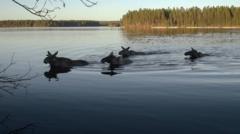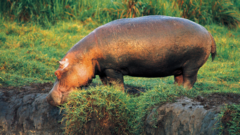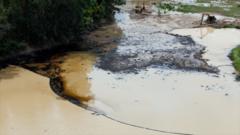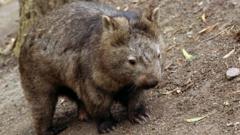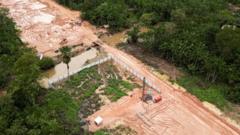A recent initiative in Oklahoma has shown that by providing cows with clean drinking water and keeping them away from streams, farmers can substantially improve water quality. One farmer's experience highlights the positive results of these practices, helping to clean 100 streams in the state.
Oklahoma's Stream Cleansing Success: The Impact of Cattle Management

Oklahoma's Stream Cleansing Success: The Impact of Cattle Management
Farmers are finding innovative ways to restore Oklahoma's waterways, proving that simple changes can have significant environmental benefits.
Oklahoma has emerged as a leader in stream restoration, achieving notable success in cleaning its waterways. A key aspect of this improvement has been a straightforward yet effective approach: providing cows with clean drinking water and preventing them from accessing streams.
This method was put to the test by farmer Grant Victor, who took the initiative to fence off Horse Creek, a waterway that courses through his family's land in northeast Oklahoma. The land has been in Victor's family since the 1890s, yet years of cattle traffic had taken a toll on the creek's health, leading to muddy banks and water quality issues caused by sediment and waste.
In 2016, Victor took advantage of a conservation program to create a riparian buffer along Horse Creek, even if it meant keeping his cattle away from 220 acres, which accounts for about 6% of his land. The results have been remarkable; Horse Creek is no longer listed among the state's most polluted waterways.
Thanks to the implementation of similar practices by other farmers, around 100 streams across Oklahoma have been successfully restored from pollution primarily linked to agricultural runoff. According to the Environmental Protection Agency, no other state can boast such a significant recovery rate.
This success story is part of a broader series titled "50 States, 50 Fixes," which explores local solutions to pressing environmental challenges, highlighting how grassroots efforts can lead to substantial improvements for both communities and nature.








